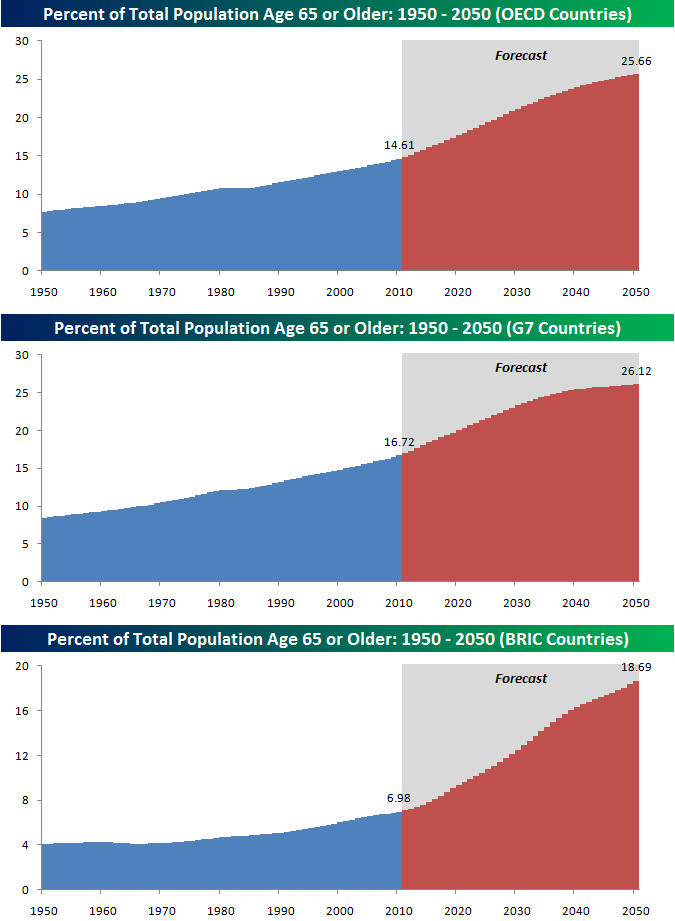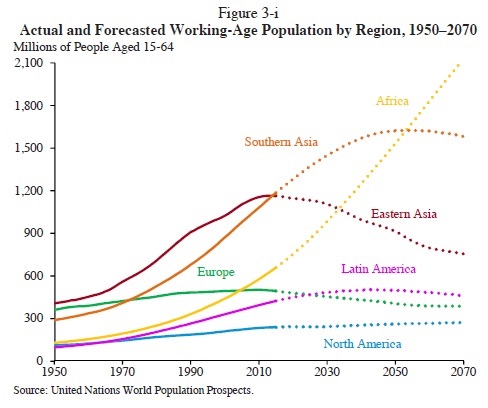
Department of Labor to provide policymakers with a look at possible trends over the next several decades that might impact the nation’s workers and employers.Įstablished in 1967, RAND’s Labor and Population Program conducts national and international research in many areas, including U.S. The study is titled “ The 21st Century at Work: Forces Shaping the Future Workforce and Workplace in the United States.” It was prepared at the request of the U.S.

“More attractive work arrangements may allow for faster workforce growth than what is projected.” “Alternative workplace arrangements may be particularly attractive to workers in the future who need to balance work and family obligations, and other groups of workers such as the disabled and older persons,” said Constantijn (Stan) Panis, a RAND economist and co-author with Karoly on the study. As data is transferred at higher speeds, more employees will be able to participate in non-standard work arrangements such as telecommuting and flexible scheduling. Technological advances will help make this possible. As the workforce shifts to a more balanced distribution by age, sex and ethnicity there may be demands for alternate benefit plans, compensation and working arrangements to reflect these new realities.Īs the labor force growth rate slows, a tightening work force also encourages employers to accommodate families, older people and people with disabilities, in an effort to find and keep needed employees. A more mobile workforce and shifts to nonstandard employment relationships highlight the importance of the portability of benefits and more personally tailored benefit packages, the study says.While some sectors might experience a net loss in jobs and market share, those consequences should be counterbalanced by gains in other sectors. Economic globalization will affect industries and segments of the workforce that in the past were relatively isolated from outside competition, boosting trade, affecting capital flows, encouraging mobile populations, and causing rapid transfer of knowledge and technologies.At the same time, technology-mediated learning offers promise for worker training and retraining. Workers with fewer skills will command much lower salaries and risk job loss to their better-trained counterparts-domestically and globally. While technology has many benefits for the workforce, such as increased productivity, it also forces workers to maintain their skills through lifelong learning. With advances in technology and an increasingly global economy, employees will be more mobile and work in more decentralized, specialized firms with less formal and more individualized employer-employee relationships. Technology will continue to shape the economy in greater ways, while the pace of those impacts will accelerate.

The influx of immigrant workers and women into the workforce has counteracted these forces so that the workforce has continued to expand, albeit at a slower rate. The slowing workforce growth rate is caused primarily by a 25 percent decline in the birthrate that followed the end of the baby boom in the mid 1960s, coupled with a trend toward earlier retirement by men. That’s a sharp decline from the 1.1 percent annual increases seen in the 1990s and the 2.6 percent annual increases experienced during the 1970s.

Shifting demographic patterns, the growing impact of technological change, and economic globalization are three major trends that will shape the labor force and employment relationships in the 21st century, according to a RAND Corporation report issued today.


 0 kommentar(er)
0 kommentar(er)
